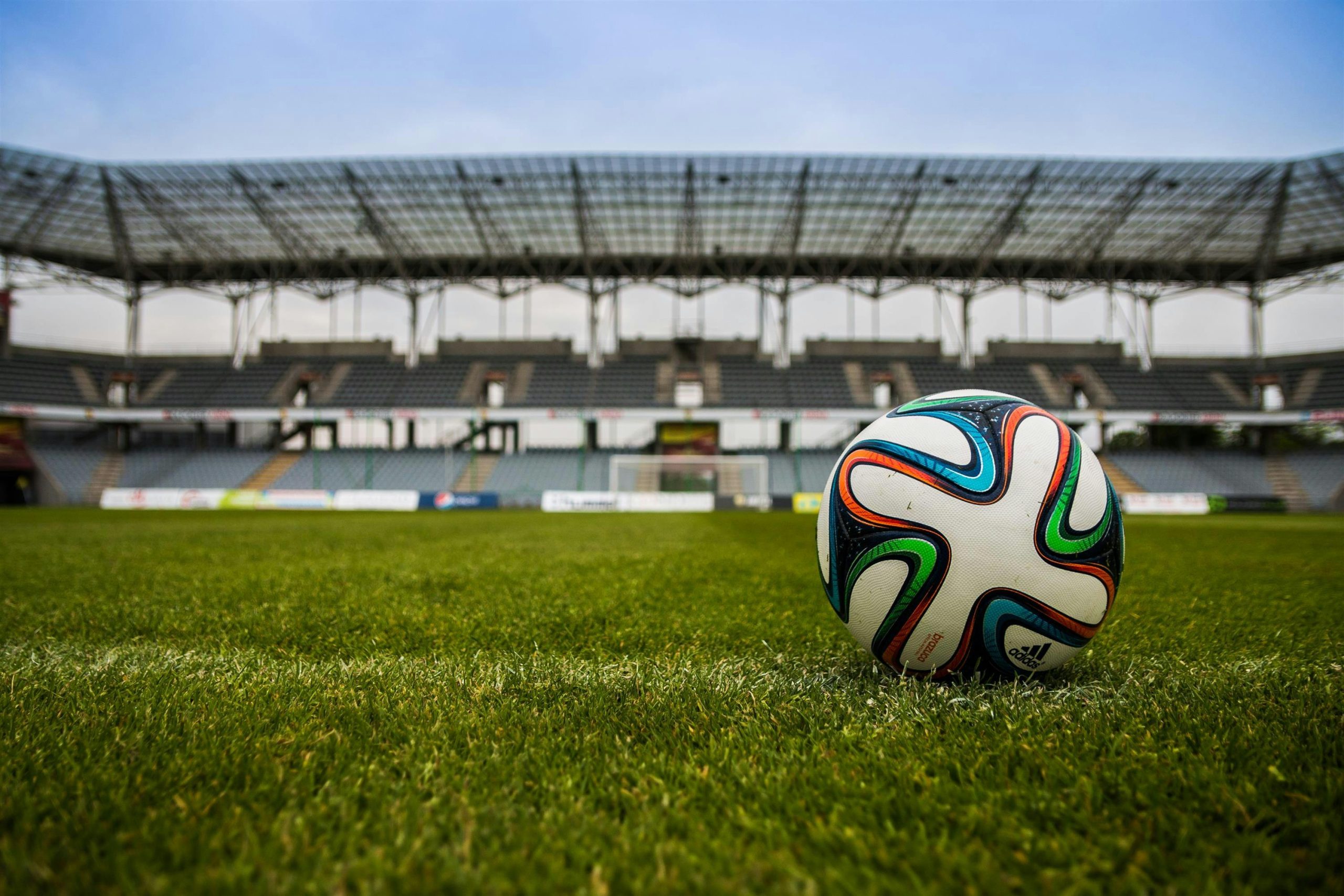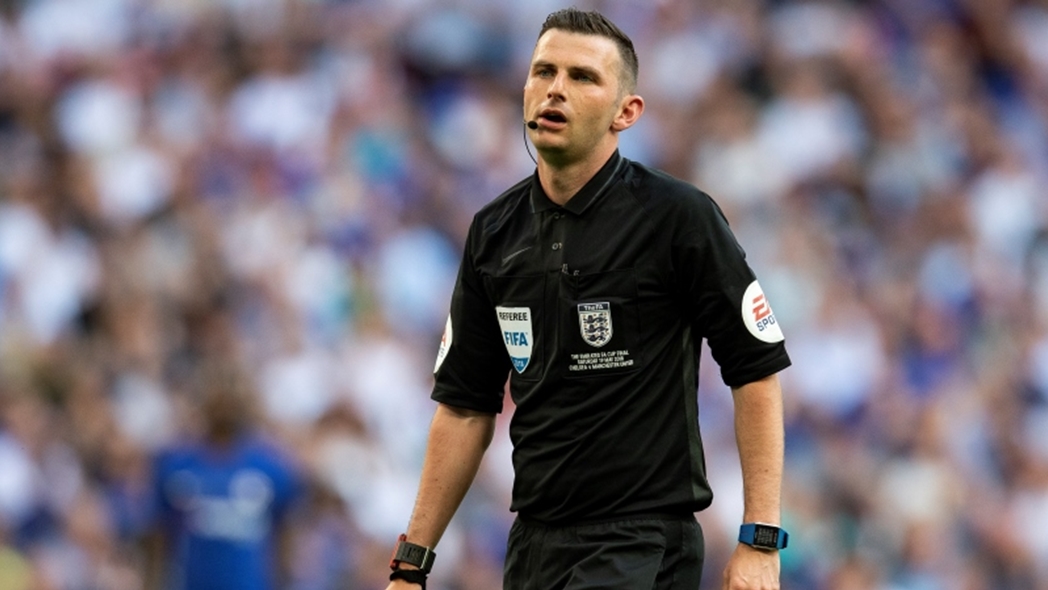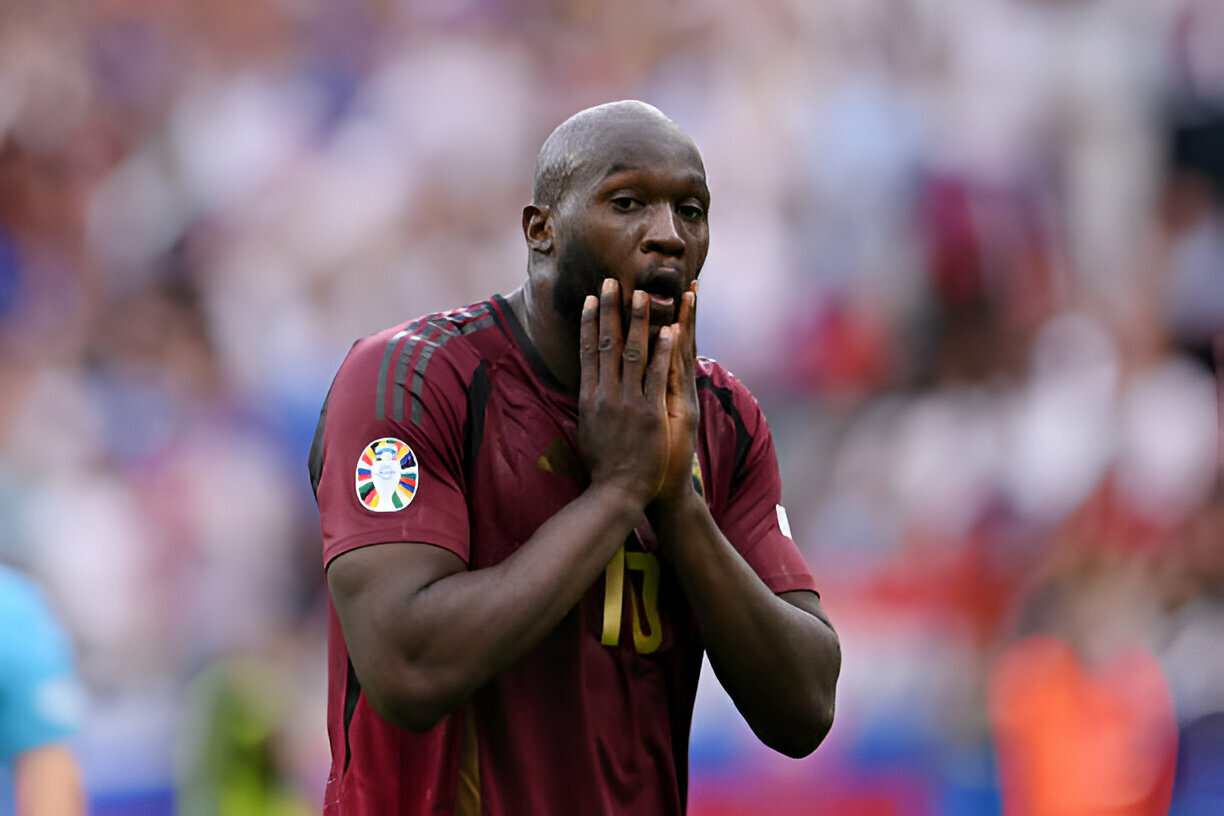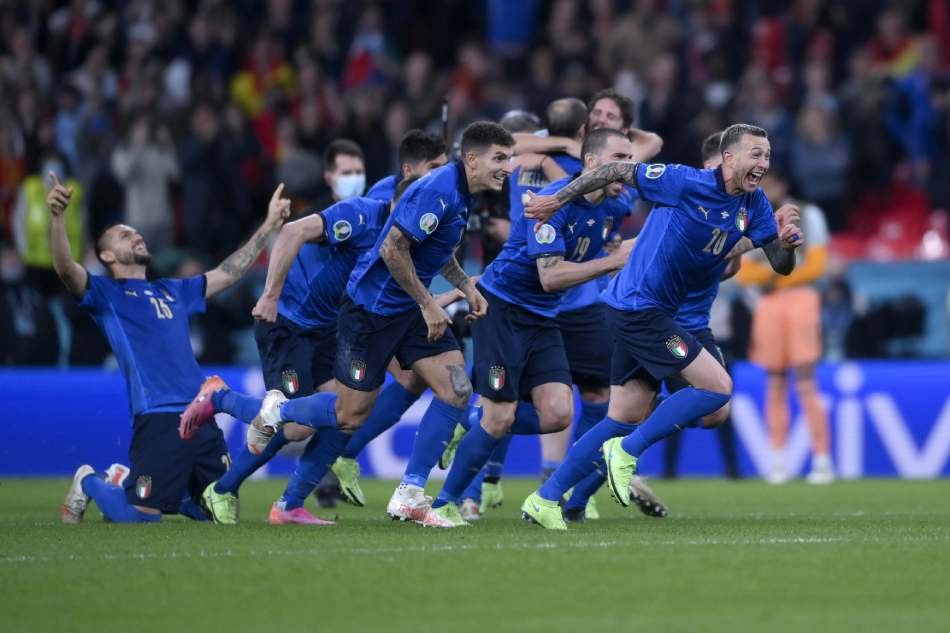
Football, or soccer, depending on what part of the world you are in, is a game involving two teams of 11 players who try to manoeuvre the ball into the other team’s goal without using their hands or arms, and the team that scores more goals wins. Football is the world’s most popular ball game in terms of participants and spectators.
Over the years, football has evolved and a lot of its rules have either been amended, revoked or even suspended.
Here, we’ll take a look at some of the updated rules of play and pitch measurements and markings.
Altogether, there are 17 individual laws of the game with each law containing several rules and directions on how the game is to be played.
The FootballCastle will take you through a quick glance on a few of the basic and most important laws of the game.
The Field of Play
A football pitch (also known as a soccer field in the United States) is the playing surface for the sport. Its dimensions and markings are defined by Law 1 of the Laws of the Game, “The Field of Play”. The pitch is typically made of natural turf or artificial turf, although amateur and recreational teams often play on dirt fields. Artificial surfaces are allowed only to be green in colour.
The pitch is rectangular in shape and the shorter sides are called goal lines while the longer sides are called the touchlines. The two goal lines are between 50 and 100 yards (46 and 91 meters) wide and have to be of the same length; the two touchlines are between 100 and 130 yards (91 and 119 meters) long and have to be of the same length. All lines on the ground are equally wide, not to exceed 12 centimetres (5 inches). Elsewhere, the corners of the pitch are marked by corner flags.
For international matches the field dimensions are more tightly constrained; the goal lines are between 70 and 80 yards (64 and 75 meters) wide and the touchlines are between 110 and 120 yards (100 and 110 meters) long.
All line markings on the pitch form part of the area which they define. For example, a ball on or above the touchline is still on the field of play, and a foul committed over the line bounding the penalty area results in a penalty. Therefore, a ball has to completely cross the touchline to be out of play, and a ball has to fully cross the goal line (between the goal posts) in order for a goal to be scored; if any part of the ball is still on or above the line, a goal is not scored and the ball is still in play. Simply put, the ball has to wholly cross any line before the referee can interfere and give a decision.
The term goal line is often taken to mean only that part of the line between the goalposts, in fact, it refers to the complete line at either end of the pitch, from one corner flag to the other. In contrast, the term byline is often used to refer to that portion of the goal line outside the goalposts. This term is commonly used in football commentaries and match descriptions.
The Ball
A football is the object used to play the sport and it is also known as a Soccer ball. The ball’s spherical shape, as well as its size, weight, mass, and material composition, are specified by Law 2 of the Laws of the Game maintained by the International Football Association Board. Additionally, more stringent standards are specified by FIFA and other big governing bodies for the balls used in the competitions they sanction.
Modern footballs are much more complex than past footballs; the inside of the football is made up of a latex or butyl rubber bladder which enables the football to be pressurized. The ball’s outside is made of leather, synthetic leather, polyurethane or PVC panels. The surface can be textured, weaved or embossed for greater control and touch. The panel pairs are either machine-stitched, hand-stitched or thermo-bonded (glued and bonded by heat) along the edge. To prevent water absorption, balls may be specially coated, or the stitches bonded with glue. The size of a football is roughly 22 cm (8.66 inches) in diameter for a regulation-size 5 ball.
Rules state that a size 5 ball must be 68 to 70 cm (27 to 28 in) in circumference.
The ball is inflated to a pressure of 0.6–1.1 bars (8.7–16.0 psi) at sea level. This is known as “Size 5”. Smaller balls, Sizes 1, 3, and 4, are also produced for younger players or as training tools.
Following consultations with football associations, clubs and ball manufacturers, FIFA has developed non-compulsory recommendations for appropriate sizes, circumferences and weights of balls for different age groups in youth football.
There are different types of football balls depending on the match and turf including training footballs, match footballs, professional match footballs, beach footballs, street footballs, indoor footballs, turf balls, futsal footballs and mini/skills footballs.
The colour and design of balls also vary from different competitions, tournaments or even the sports brands that manufacture them.
Players, Equipment and Officials
Each team consists of a maximum of eleven players (excluding substitutes), one of whom must be the goalkeeper. Competition rules may state a minimum number of substitute players required to constitute a squad, which is usually seven. Goalkeepers are the only players allowed to play the ball with their hands or arms, provided they do so within the penalty area in front of their own goal. Though there are a variety of positions in which the outfield (non-goalkeeper) players are strategically placed by a coach, these positions are not defined or required by the Laws.
The basic equipment or kit players are required to wear includes a shirt, shorts, socks, footwear and adequate shin guards. An athletic supporter and protective cup is highly recommended for male players by medical experts and professionals.
Headgear is not a required piece of basic equipment, but players today may choose to wear it to protect themselves from head injury. Players are forbidden to wear or use anything that is dangerous to themselves or another player, such as jewellery or watches. The goalkeeper must wear clothing that is easily distinguishable from that worn by the other players and the match officials.
A number of players may be replaced by substitutes during the course of the game. The maximum number of substitutions permitted in most competitive international and domestic league games is five in 90 minutes, with each team being allowed one more if the game should go into extra time; the permitted number may vary in other competitions or in friendly matches. Common reasons for a substitution include injury, tiredness, ineffectiveness, a tactical switch, or time wasting at the end of a finely poised game. In standard adult matches, a player who has been substituted may not take further part in a match. IFAB recommends “that a match should not continue if there are fewer than seven players in either team”. Any decision regarding points awarded for abandoned games is left to the individual football associations.
A game is officiated by a referee, who has “full authority to enforce the Laws of the Game in connection with the match to which he has been appointed” (Law 5), and whose decisions are final. The referee is assisted by two assistant referees. In many high-level games, there is also a fourth official who assists the referee and may replace another official should the need arise.

Goal-line technology is used to measure if the whole ball has crossed the goal-line thereby determining whether a goal has been scored or not; this was brought in to prevent controversy. Video assistant referees (VAR) have also been increasingly introduced in high-level matches to assist officials through video replays to correct clear and obvious mistakes. There are four types of calls that can be reviewed: mistaken identity in awarding a red or yellow card, goals and whether there was an infringement during the buildup, direct red card decisions, and penalty decisions.
Ball In and Out of Play
Under the Laws, the two basic states of play during a game are ball in play and ball out of play. From the beginning of each playing period with a kick-off until the end of the playing period, the ball is in play at all times, except when either the ball leaves the field of play, or play is stopped by the referee. When the ball goes out of play, play is restarted by one of eight restart methods depending on how it went out of play.
Kick-off: following a goal by the opposing team, or to begin each period of play (first and second half).
Throw-in: this occurs when the ball has crossed the touchline. The throw-in is awarded to the opposing team of who last touched the ball.
Goal kick: when the ball has wholly crossed the goal line (byline) without a goal having been scored and having last been touched by a player of the attacking team; it is awarded to the defending team.
Corner kick: when the ball has wholly crossed the goal line (byline) without a goal having been scored and the last touch coming off a player of the defending team; awarded to the attacking team.
Indirect free kick: awarded to the opposing team following ‘non-penal’ fouls, certain technical infringements, or when play is stopped to caution or dismiss an opponent without a specific foul having occurred. A goal may not be scored directly (without the ball first touching another player) from an indirect free kick.
Direct free kick: awarded to fouled team following certain listed ‘penal’ fouls. A goal may be scored straight from a direct free kick.
Penalty kick: awarded to the fouled team following a foul usually punishable by a direct free kick but that has occurred within their opponent’s penalty area.
Dropped-ball: occurs when the referee has stopped play for any other reason, such as a serious injury to a player, interference by an external party, or a ball becoming defective.
Misconduct (Foul)
Players are cautioned with a yellow card, and dismissed from the game with a red card. These colours were first introduced at the 1970 FIFA World Cup and have been used consistently since.
A foul occurs when a player commits an offence listed in the Laws of the Game while the ball is in play. The offences that constitute a foul are listed in Law 12. Handling the ball deliberately, tripping an opponent, or pushing an opponent, are examples of ‘penal fouls’, punishable by a direct free kick or penalty kick depending on where the offence occurred. Other fouls are punishable by an indirect free kick.
The referee may punish a player’s or substitute’s misconduct by a caution (yellow card) or dismissal (red card). A second yellow card in the same game leads to a red card, which results in a dismissal. A player given a yellow card is said to have been ‘booked’, with the referee writing the player’s name in their official notebook. If a player has been dismissed, no substitute can be brought on in their place and the player may not participate in further play. Misconduct may occur at any time, and while the offences that constitute misconduct are listed, the definitions are broad. In particular, the offence of “unsporting behaviour” may be used to deal with most events that violate the spirit of the game, even if they are not listed as specific offences. A referee can show a yellow or red card to a player, substitute, substituted player, and to other staff such as managers and coaching crew.
Rather than stopping play, the referee may allow play to continue if doing so will benefit the team against which an offence has been committed. This is known as “playing an advantage”. The referee may “call back” play and penalize the original offence if the anticipated advantage does not ensue within “a few seconds”. Even if an offence is not penalized due to the advantage being played, the offender may still be sanctioned for misconduct at the next stoppage of play.
Although the linesmen and VAR can also suggest their opinions to the centre referee, his decision in all on-pitch matters is considered final. The score of a match cannot be altered after the game, even if later evidence shows that decisions (including awards/non-awards of goals) were incorrect.
Notably, usage of hard or performance-enhancing drugs while on the field of play is a grievous offence and can attract punishments up to life bans from the sport professionally if the player is caught or proven guilty after investigation.
Offside

The law states that a player is in an offside position if any of their body parts, except the hands and arms, are in the opponents’ half of the pitch, and closer to the opponents’ goal line than both the ball and the second-last opponent (the last opponent is usually, but not necessarily, the goalkeeper).
An attacker who is able to receive the ball behind the opposition defenders is often in a good position to score. The offside rule limits attackers’ ability to do this, requiring that they be onside when the ball is played forward.
Though restricted, well-timed passes and fast running (pace) allow an attacker to move into such a situation after the ball is kicked forward without committing the offence.
Officiating decisions regarding offside, which can often be a matter of only centimetres or inches, can be critical in games, as they may determine whether a promising attack can continue, or even if a goal is allowed to stand.
One of the main duties of the assistant referees is to assist the referee in adjudicating offside—their position on the sidelines gives a more useful view sideways across the pitch. Assistant referees communicate that an offside offence has occurred by raising a signal flag.
However, as with all officiating decisions in the game, adjudicating offside is ultimately up to the referee, who can overrule the advice of their assistants if they see fit.
Determining the outcome of a match
Determining the Outcome of a Match is the 10th of the Laws of the Game of association football.
It addresses two aspects of the game:
-The procedure for scoring a goal.
Teams compete to score the most goals during the match which is the only method of scoring in the game. A goal is scored when the ball passes completely over a goal line at either end of the field of play between two centrally positioned upright goal posts. Scoring a goal is however easier said than done as each team aims to score at one end of the pitch, while preventing their opponents from scoring at the other end. Nets are usually attached to the goal frame to catch goalscoring balls, but the ball is not required to touch the net.
An own goal occurs when a player of a team mistakenly turns the ball into his own net. This may either be due to a miscalculation (misreading the trajectory of the ball), inability to clear the ball away from the goal area effectively by the defence or playing under intense pressure. In a lot of cases, an own goal can also be the result of a deflected shot.
-Procedures for determining, when necessary, the winner of a “drawn” match, in which each team has scored the same number of goals after 90 minutes.
In most games, a draw is an allowable outcome. League competitions using the common three points for a win system award a single point to both teams for a drawn match.
However in some competitions, primarily knock-out tournaments, it is necessary to resolve a victor. Some competitions employ replays, otherwise there are three procedures permitted by Law 10 to determine the winner of a drawn match:
the away goals rule – (for two-legged matches only)
extra time – consisting of two periods of 15 minutes each
a penalty shoot-out – which happens in all knockout games without a winner after full time.
Normally these are applied in the order listed above — i.e. for a two-legged match, extra time is played if the away goals rule does not determine a victor. After extra time, if the score is still level, a penalty shoot-out takes place.

In a few cup competitions, extra time is ignored completely and the game goes directly to penalties. Most of the time this applies to the whole tournament and as is decided before the tournament begins, but on rare occasions can be decided for individual games before kick-off. Examples of where this happens include the EFL Cup and County Cups.
Known across the world as the most popular sport, Football is a really beautiful sport filled with intense emotions and mixed reactions.
The rules have been stretched over the years and are now more lenient than they previously were.
Nowadays, the referee can sound their whistle for an infringement even at the slightest contact and thus protect the players by reducing the possibility of injury among the players.
The legacies of the greatest footballers such as Pele, Diego Maradona, Lionel Messi and Cristiano Ronaldo, amongst others, has continuously been a source of inspiration to millions of lives and thus bringing about the discovery of young talents and prospects from around the world, which promises the continuity of this great sport.
Football will undoubtedly exist in the future, but not all the rules will. Some will be bent and amended, new ones will be introduced, while some will be totally revoked over the years to come. But what’s most important is that the legendary sport will forever remain a great show of passion from both the players and spectators.


